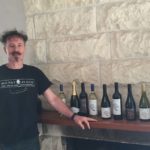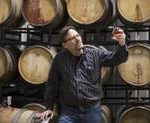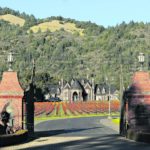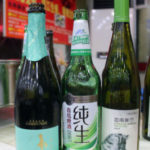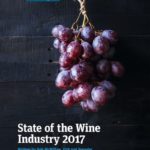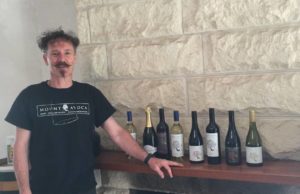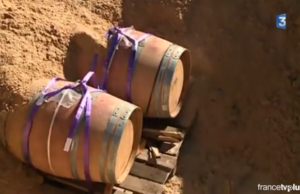Winery uses data, drones, falcons to mitigate warming
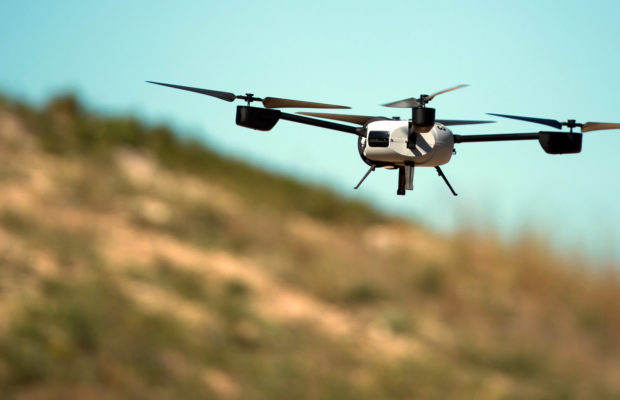
Climate change means winemakers are trying to become more energy-efficient and make their product using less water
On a misty autumn morning in Sonoma County, California, Katie Jackson headed into the vineyards to assess the harvest. It was late in the season, and an army of field workers was rushing to pick the grapes before the first rains, however faint, began falling.
However, on this day, Jackson, vice president of sustainability and external affairs at Jackson Family Wines, was not just minding the usual haul of cabernet, chardonnay and merlot grapes. She also checked on the sophisticated network of systems she had put in place to help crops adapt to a changing climate.
Jackson, along with her siblings and mother, owns and operates Jackson Family Wines, one of the largest family-owned winemakers in the US. Best known for its Kendall-Jackson chardonnay, a supermarket staple, the family also produces dozens of other wines on five continents. After decades in the business, the Jacksons are sensitive to slight variations in the weather, and they are convinced of one thing: It is getting hotter and drier, and that could be a problem.
As California endures a years-long drought, the Jacksons, like other winemakers, are grappling with new realities. Grapes, though a surprisingly resilient crop, are ripening earlier. Nights are warmer. Aquifers are running dry.
As a result, the region’s wine country has become a laboratory for the reshaping of agriculture nationwide. Because, of course, it is not just California that is warming up.
The Jacksons are going beyond the usual drought-mitigation measures. They are using owls and falcons to go after pests drawn by the milder winters. They are finding new ways to capture rainfall, and since fossil-fuel consumption is one of the biggest drivers of climate change, they are trying to become more energy efficient, in part through the use of old-school farming techniques.
Climate change is forcing the Jacksons to confront questions both practical and existential: Can you make fine wine with less water? Will good grapes still grow here in 20 years? What will become of an industry central to California’s identity, one that says it contributes US$114 billion per year to the US economy?
Wearing jeans, a plaid shirt and hiking boots, her hair pulled back in a loose ponytail, Jackson, 30, caught a ride with one of the vineyard managers to a hill overlooking the picturesque Alexander Valley, an area that produces some of California’s best wines.
At the peak, she stopped to inspect a shed housing the recently updated belly of the vineyard’s irrigation system. Inside was a new energy-saving variable-frequency drive that allows for more precise, efficient watering.
Nearby was a solar-powered weather station. If the sensors decide it has become too cold in the middle of the night — climate change, of course, does not mean it is always hot — new wind machines would automatically start circulating warm air to protect the vines.
Beside that was an owl box — occupied — part of an effort to control pests without pesticides, and just below the peak was a man-made reservoir, one of more than 100 added to manage what is any farm’s most precious resource: Water.
Several reports suggest that rising temperatures around the globe could imperil major winemaking regions in the coming decades. One study suggested that by 2050, many regions in Europe, including much of Italy and swaths of southern France, could become unsuitable for wine grapes. The same study suggested that California production could fall by 70 percent by the century’s midpoint.
Winemakers in the region are noticing distinct changes that signal a hotter, drier future.
The Jacksons have also begun analyzing their crops with increasingly sensitive tools. Jackson recently installed devices that measure how much sap is in the vines. They transmit the data over cellular networks to headquarters, where software calculates how much water specific areas of vineyards do or do not need.
“Data-driven farming,” Jackson said.
The Jacksons are also monitoring their crops using drones equipped with sensors that detect moisture by evaluating the colors of vegetation. The wrong color can indicate nutritional deficiencies in the crops, or irrigation leaks.
“Previously, it would require an experienced winemaker to go and look at the grapes,” said Clint Fereday, the company’s director of aviation. “Now we can run a drone, tag an area of the vines with GPS, and go right to the spot that has a problem.”
Jackson’s husband, Shaun Kajiwara, is a vineyard manager for the company, overseeing the grapes that go into many of the upscale labels. Walking through rows of vines that will yield US$100 bottles of wine, he said that in recent years the company has begun planting new vines that send roots deeper into the soil, drawing more ground water and requiring less irrigation.
The company also began sanitizing the 193,056-liter tanks it uses to blend chardonnay with ultraviolet light instead of water. There is an elaborate new rainfall capture system, and workers have devised a system to recycle the water used to wash barrels. In total, these efforts are saving 106 million liters each year in the company’s California wineries.
“Each year we’re finding more and more ways to make use of this water that was going down the drain,” said Sam Jamison, general manager of the label La Crema.

